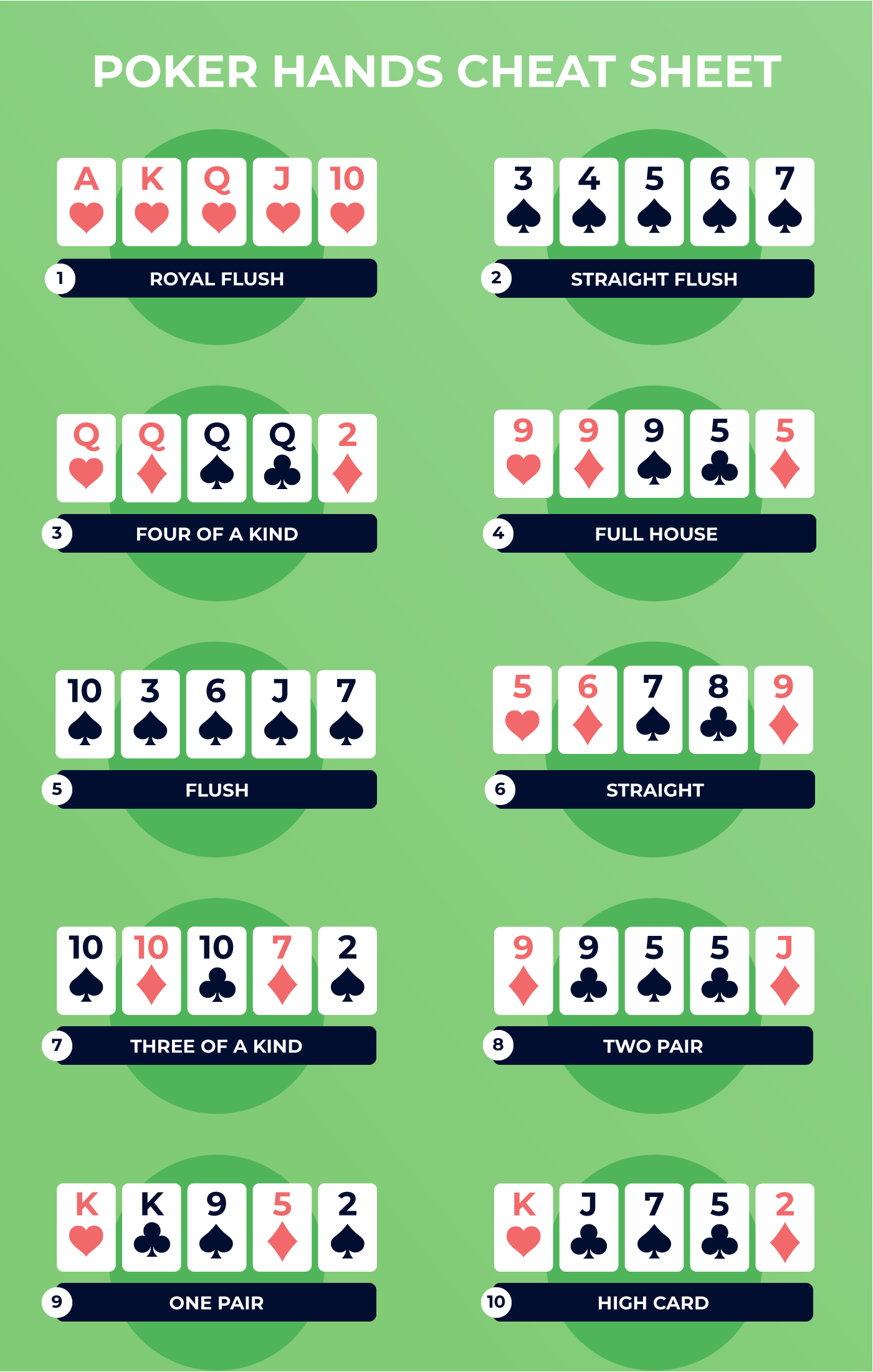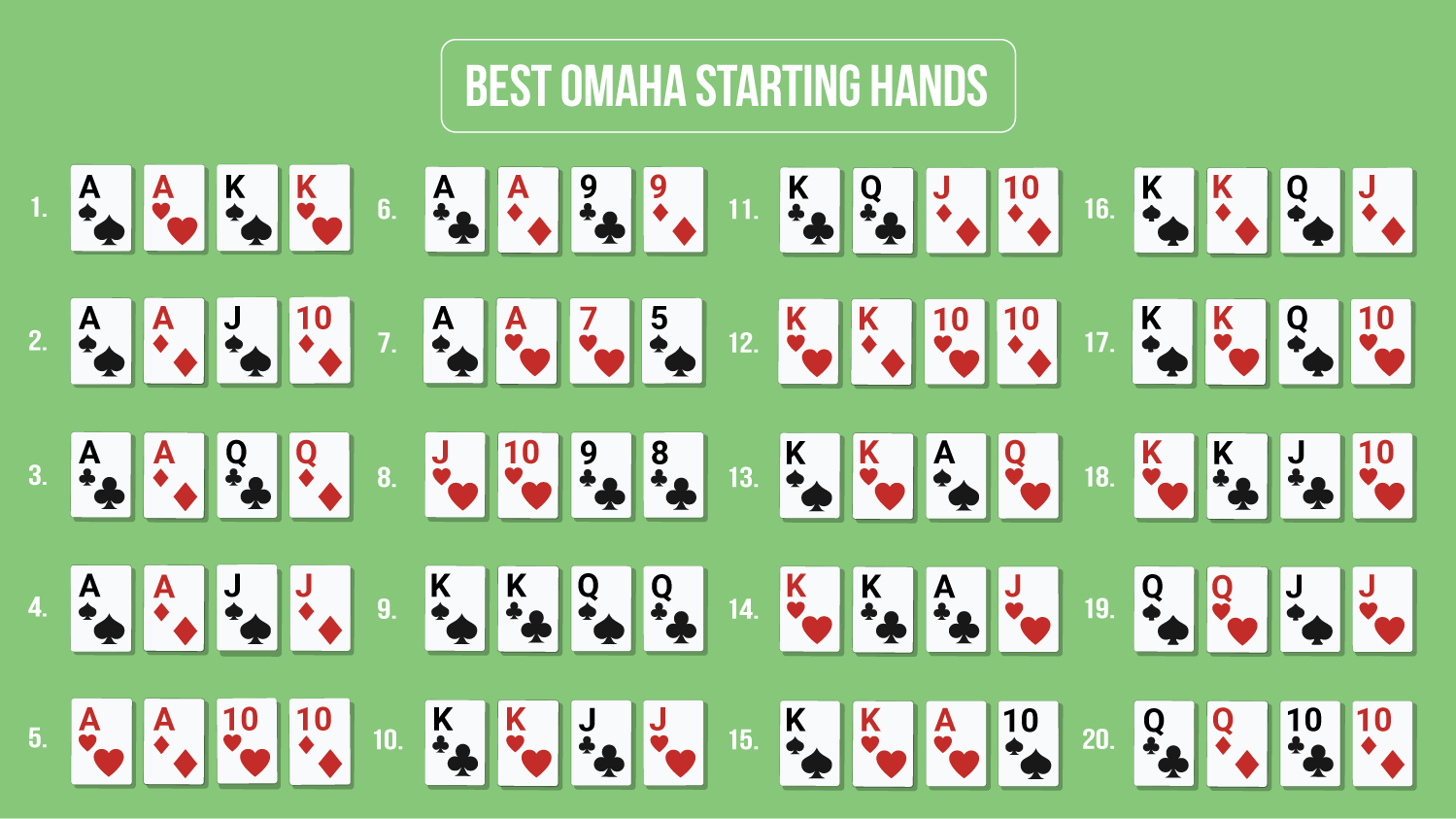Omaha Poker Explained: An Essential Beginner’s Guide

Title image credit: Vitalii Borkovskyi/Shutterstock
Understanding the Basics of Omaha Poker
Omaha poker stands out as a dynamic and fast-paced version of poker, drawing players with its energetic gameplay and high potential for big hands. Each player receives four private cards—twice as many as in Texas Hold’em. This key variation results in more hand possibilities, prompting frequent action and larger pots at the table, even when the stakes are otherwise similar.
Omaha is especially favored among recreational and online players for this rapid tempo. Compared to the more strategic and deliberate rhythm of Texas Hold’em, Omaha brings a thrilling volatility, making it a refreshing option in both live and online casino environments. This guide will walk you through what Omaha poker is, how it differs from Texas Hold’em, the rules you need to know, and the foundational strategies every beginner should keep in mind.
Key Features That Set Omaha Apart from Texas Hold’em
Before diving into gameplay, understanding the main differences can help you adapt quickly from other poker variants:
– **Players receive four hole cards instead of two.** This doubles your options for hand combinations.
– **Game volatility increases dramatically,** so betting swings and large pots are common.
– **Omaha relies on continuous, fast-paced action,** giving it a punchy, unpredictable feel.
– **Casual and online players flock to Omaha** for its excitement and frequent big showdowns.
As you explore poker rooms, especially in European casinos or online platforms, you’ll spot Omaha running frequently alongside Texas Hold’em due to its widespread popularity.
Comparing Omaha and Texas Hold’em: Three Crucial Differences
While both Omaha and Texas Hold’em share the use of community cards and similar betting structures, several aspects change the strategy and feel of the game.
Increased Variance Demands a Larger Bankroll
Omaha poker’s most striking attribute is heightened variance. While Texas Hold’em, with its slower pace, has been likened to a chess match, Omaha is more akin to a boxing bout—fast, aggressive, and unpredictable. The game thrives on rapid swings, requiring players to be prepared for dramatic upswings and downturns.
– **Frequent large pots**: Recreational players are drawn to Omaha’s excitement and the likelihood of hitting big hands.
– **Narrower skill gap**: With so many possible hand combinations, even expert players face significant swings, so variance plays a dominant role.
For these reasons, Omaha players must maintain a larger bankroll compared to Texas Hold’em to weather high-variance runs and minimize the risk of going bust.
More Hole Cards = More Complex Hand Possibilities
In Texas Hold’em, each player receives two private cards, leading to a limited set of potential hands. Omaha, by contrast, deals four hole cards per player. This multiplies the number of possible combinations exponentially:
– **Stronger typical winning hands**: With more cards in play, winning combinations like two pair or a set may not be enough. You’ll often need the “nuts”—the best possible hand for the situation.
– **Greater mental challenge**: Players must adjust their sense of hand strength. For example, a flush is commonplace in Omaha, so only the highest possible flush is safe in most cases.
Understanding that hand values shift significantly in Omaha is vital. What counts as a strong holding in Texas Hold’em may become marginal or even weak in this game.
The Unique Role of Bluffing in Omaha Poker
Bluffing is a fundamental element in all forms of poker, but Omaha’s environment makes it far less prevalent compared to Texas Hold’em. Here’s why:
– **Bluffing is less common and less effective**: Due to the increased number of hole cards and stronger hands at showdown, opponents are more likely to have a good hand or strong draw—making it risky to try bluffing multiple players.
– **Pot-limit betting restricts aggressive moves**: Most Omaha games use a pot-limit format, meaning players can only bet up to the current pot size, unlike the no-limit format often found in Hold’em. This restriction limits the ability to push opponents out of pots with large bets.
– **Multi-way pots are standard**: More players see the flop because the starting hands are often stronger. This reduces the success rate of bluffs aimed at single opponents.

Image credit: RomanR/Shutterstock
Omaha Poker Rules: How to Play and Build Your Hand
At a glance, Omaha and Texas Hold’em seem similar, but subtle rules make a big difference in gameplay:
– **Each player receives four private cards (hole cards).**
– **Five community cards** are dealt face-up for use by all players.
– **Hand construction is strict:** Players must use exactly two of their four private cards combined with exactly three of the five community cards to build their best five-card poker hand.
Pot-limit betting—most common in Omaha—caps each bet at the amount currently in the pot. For example, if the pot totals $80, the largest allowable bet is $80. This distinguishes Omaha from no-limit Hold’em.
**Critical rule details:**
– You cannot make a flush with only one card of a suit in your hand, even if you hold multiple clubs or spades in total.
– Only two hole cards and three community cards contribute to your final hand, so certain “made hands” from Hold’em (like one-card flushes or “one-liner” straights) do not exist in Omaha.
This hand-building rule confounds many new Omaha players, so double-check your hand construction on every street.

Omaha Poker Hand Rankings: From Royal Flush to High Card
Hand rankings in Omaha are identical to those in Texas Hold’em. Here are the hands, from strongest to weakest:
– Royal Flush: A, K, Q, J, 10 of the same suit
– Straight Flush: Five consecutive cards of the same suit
– Four of a Kind: Four cards of the same rank
– Full House: Three of a kind and a pair
– Flush: Five cards of the same suit (not sequential)
– Straight: Five cards in sequence, any suits
– Three of a Kind: Three cards of the same rank
– Two Pair: Two separate pairs
– One Pair: Two cards of the same rank
– High Card: The highest card if no other hand is formed
Be sure you’re using exactly two private cards and three from the board when identifying your final hand.
Core Strategies for Omaha Poker Success
Mastering Omaha poker means adapting to its unique blend of volatility, hand strength, and pot structure. Here are essential strategy tips for new players:
Focusing on the Nuts: Only the Best Hands Will Do
Starting hand selection is paramount. Look for hands that can produce the highest possible flush, straight, or full house—ideally in multiple ways (such as hands that are “double-suited”). For example, A♠️ A♦️ K♠️ K♦️ is an excellent starting hand because it’s capable of making both the best flushes and top full houses.
– **Avoid drawing to bottom pairs, weak straights, or low flushes.**
– **Prioritize drawing to the nuts**—the highest possible hand for the situation.
Remember, many Omaha players lose money by overestimating hands that would be strong in Texas Hold’em.

Pot Management: Invest Wisely With Caution
Because the winning hand can change dramatically from flop to river, be conservative about building large pots unless you have the current nuts or a powerful draw. Don’t commit heavy chips early unless you’re sure you’re ahead.
Emphasizing Strong Drawing Hands
Omaha’s action-oriented nature means that draws are incredibly valuable. Target hands that have the flexibility to turn into the nuts on the turn or river, like nut flush or open-ended straight draws.
– **Many hands that start out strong become vulnerable quickly.**
– **Focus on draws that complete to the nuts,** not just any draw.
These strong draws are significantly more robust in Omaha than in Texas Hold’em, and your mathematical advantage is often much narrower.
Transition Tips: Moving from Texas Hold’em to Omaha
– Accept that edges are smaller. Where Hold’em might give you an 80% favorite, Omaha commonly only offers a slim lead.
– Bluff sparingly—focus instead on readable value hands.
– Manage your bankroll carefully to account for greater swings.
Summing Up: Why Omaha Poker Deserves Your Attention
Switching to Omaha poker means embracing a faster, more unpredictable game. Its blend of frequent big hands, action-packed betting, and slim mathematical margins makes for a thrilling experience whether you’re a newcomer or an experienced card shark.
Bluffing is generally less profitable in Omaha, so aim to play tight and value-oriented—“the nuts or nothing” is a reliable mantra. If you opt to bluff, do so in rare spots where you block your opponent from having the best hand (for example, if you hold the critical ace of a flush suit).
Omaha’s energetic, swing-heavy style is a refreshing change of pace and offers valuable lessons for both serious and casual poker fans. With these basics and strategic tips, you’re ready to jump in and explore everything Omaha poker has to offer.
For more poker mastery, check out these related guides:








